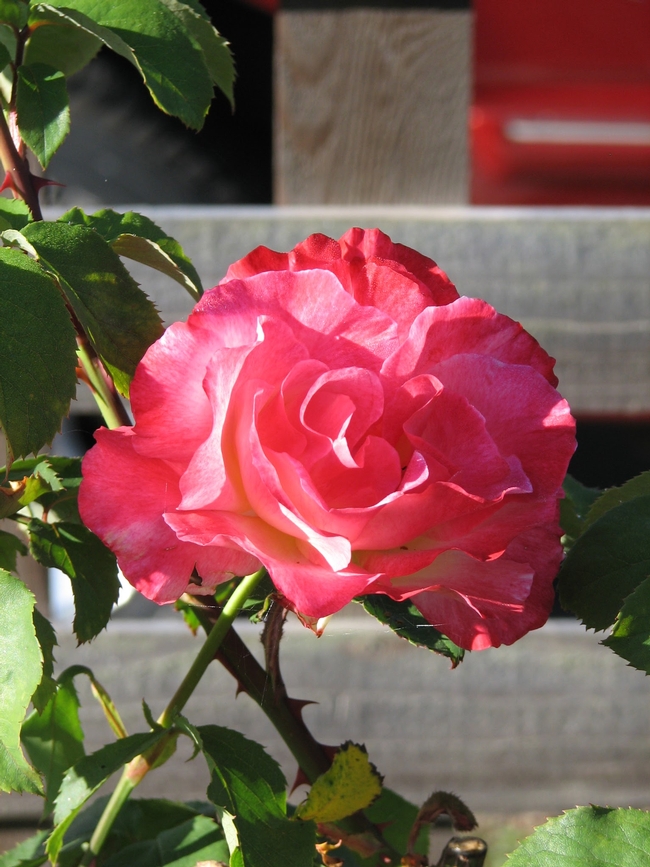December in the Garden

To all the lovely people,
A few more days and it will officially be winter. I'm sure, like me, you have been enjoying the rain and the life it is bringing from the soil. It is not too late to sow cover crop but last month would have been better. If sowing cover crop is not your thing then just spreading 2-4” of mulch or a bale or two of straw (or better, alfalfa) over the garden and letting it remain in place until March will add humus and nutrients for the organisms in the soil to feed on and grow in number by the billions. By spring when you dig into your soil it will feel softer and easier to work and your seeds and plants will do much better. No matter if you grow or sheet your soil cover you will save water in the upcoming garden season.
Roses can begin being pruned (December 7 as one respected expert says). If you haven't already done so, spring blooming bulbs can be planted - it is not too late.
Please write if you have any garden questions.
Happy gardening and happy holidays.
Paul
- Apply lime-sulfur spray to peaches and nectarines to combat peach leaf curl.
- Apply a dormant oil spray to fruit trees to kill insects and eggs.
- Sow winter cover crops, including annual rye grass (Lolium multiflorum), fava beans (Vicia faba), oats, barley, pearl millet (Pennisetum americanum), or proso millet (Panicum miliaceum).
- At month's end, plant perennials, shrubs, and trees.
- Also at the end of the month, begin to prune established deciduous trees and shrubs to remove crossed and diseased branches and to open up the center to light and air.
- At the beginning of this month, start cold-loving veggies, such as Brussels sprouts and English peas.
- Most citrus fruits ripen now—remove and compost old fruit or use for slug traps.
- Feed mangoes a shot of compost tea as soon as flower spikes appear.
- If rainfall is scarce, provide at least 1 inch of water per week.
- If frost threatens, be prepared to protect plants with row covers (see PDF below for UC California Garden Web first and last frost dates).
- Keep harvesting beans, beets, broccoli, carrots, greens, onions, potatoes, radishes, and melons.
First and last frost dates in California.

